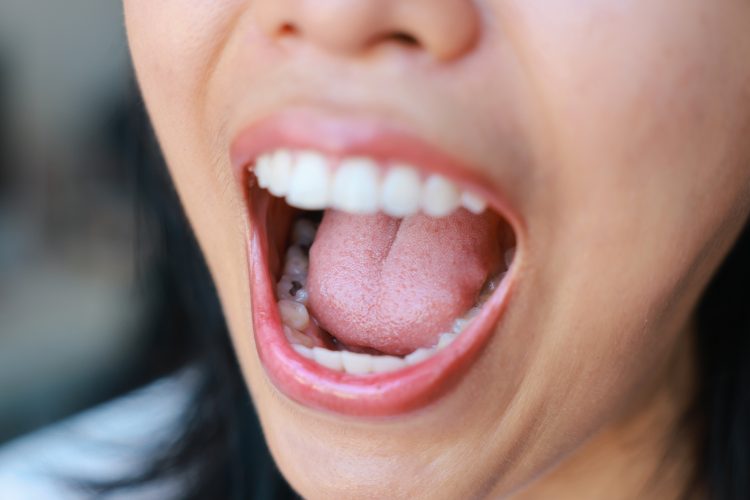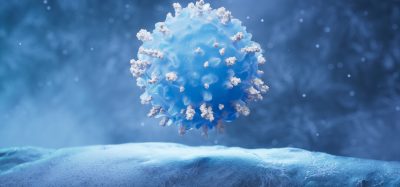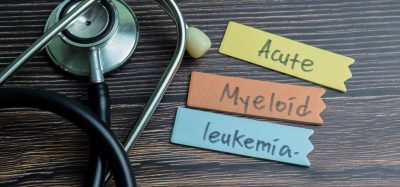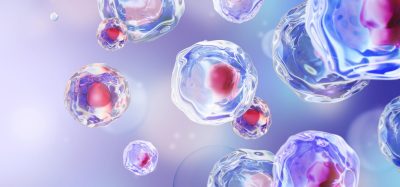Can skin heal like our mouth? A new study says it might
Posted: 11 July 2025 | Drug Target Review | No comments yet
The mouth heals wounds rapidly – and without scarring. A new preclinical study has identified a unique molecular pathway responsible for this ability – which could lead to future skin healing therapies.


Scientists at Cedars-Sinai, Stanford Medicine and the University of California San Francisco (UCSF) found a previously unknown signalling pathway active in the mouth, responsible for the mouths ability to heal itself – scar free. Their study was published in journal Science Translational Medicine.
Unlike skin wounds, which can take up to a week or more to heal and often leave scars, injuries to the lining of the mouth tend to close within one to three days – without scarring. This striking difference has long intrigued scientists and physicians.
“Our research began with two questions: Why does your mouth heal so much better than your skin?” said Dr Ophir Klein MD, executive vice dean of Children’s Health at Cedars-Sinai. “And if we figure that out, can we use that information therapeutically?”
A molecular pathway to healing
The research team examined tissue samples from both the oral mucosa – the inner lining of the mouth – and the facial skin of mouse models. Their analysis revealed a previously unrecognised signalling pathway active in the mouth.
At the centre of this discovery is a protein called GAS6 and an enzyme known as AXL. These two work together to suppress another pathway – called FAK – that is typically associated with inflammation and scarring in skin wounds.
When researchers inhibited AXL activity in the oral mucosa of the mice, the wounds healed slower and resembled skin wounds. At the same time, stimulating AXL activity in skin wounds led to faster healing and less scarring – just like the mouth’s regenerative process.
“This data shows that the GAS6-AXL pathway is potentially important for scarless healing in the mouth and that manipulating it may help reduce skin scars as well,” Klein said.
Toward scar-free skin healing
The implications for medicine are important. Scars can have both aesthetic and functional repercussions – especially in patients recovering from surgery, burns or traumatic injuries.
“Unfortunately, current treatments do not adequately resolve or prevent scarring because we do not fully understand the mechanism,” Klein noted. “Our research helps fill in that knowledge gap.”
According to the study’s co-corresponding author, Michael Longaker, MD, the Deane P and Louise Mitchell Professor at Stanford University, the next phase of research will focus on translating these findings to human biology.
“Further clinical studies should be performed to assess the nature of the relationship between AXL and scarring in humans,” Longaker said.
While further research is needed, this study marks an important step toward developing regenerative therapies that could one day offer patients faster healing and reduced scarring.
Related topics
Animal Models, Cell Regeneration, Molecular Biology, Regenerative Medicine, Translational Science
Related conditions
Scars, skin damage, Skin Wounds
Related organisations
Cedars-Sinai, Stanford Medicine, the University of California San Francisco (UCSF)








